Today, I just want to take a moment to say thank you for being part of this journey with my newsletter. We've now grown to over 240 subscribers 🥳, and I’m really happy to share my work with you.
I also want to address an issue from last week where I mistakenly sent the same post, Prison Food in Japan, three times. On my end, it showed up as a draft, and when I clicked publish, it sent the post again to everyone. I sincerely apologize 🙇♀ for the mix-up, and I appreciate your understanding ❤!
Okay now back to the topic of the day 😃 .
Even if her name doesn't immediately come to mind, you've likely encountered one of her most iconic creations: the polka-dotted pumpkin. The artist behind this masterpiece is the renowned Yayoi Kusama. For years, I admired her famous "pumpkin" but didn’t know who she was. It wasn't until about a year or two ago, when I saw her collaboration with Louis Vuitton in Paris on Instagram, that I learned more about her work.
At 95, Kusama continues to create and inspire, earning her the title "the queen of polka dots." One of her most memorable quotes captures her bold spirit: “I would stand up to them all with a single polka dot.”
Now celebrated as the world’s top-selling female artist, Yayoi Kusama was born in Japan in 1929 and moved to New York in 1958 to pursue her artistic career. Mind that during the 1960s, the art world was male-dominated, yet Kusama broke the art scene with her unique vision. Her work is often classified as conceptual, where the idea and narrative behind the piece carry more weight than its representation of the "real world." Whether exploring feminist, surrealist, abstract expressionist, or psychological themes, Kusama’s art always weaves a rich tapestry of cultural and personal stories.
Yayoi Kusama often talks about a powerful moment from her childhood that shaped her entire artistic journey. She recalls being in a field of flowers when, suddenly, the flowers began to speak to her. Their heads, which looked like dots, stretched endlessly in every direction, and in that moment, she felt herself disappearing into this sea of dots. It was a surreal and overwhelming experience, one that she later described as ‘self-obliteration.’ That vision left such a deep mark on her that it became a recurring theme in her work, symbolizing both the infinity she felt and the blurring of boundaries between herself and the world around her.
By covering her paintings, drawings, objects, and even clothing with all-over marks and dots, Kusama feels as though she is dissolving them—and herself—into the larger universe. As she once said:
‘Our earth is only one polka dot among a million stars in the cosmos. Polka dots are a way to infinity. When we obliterate nature and our bodies with polka dots, we become part of the unity of our environment’.
In 2016, Yayoi Kusama was awarded the Order of Culture, Japan's highest honor for artists. Born into a prominent family in Matsumoto, Nagano, she displayed artistic talent from a young age. During her time in New York, she gained recognition with her Net Painting series and has since had numerous retrospectives at major international exhibitions, including the Venice Biennale, the Museum of Modern Art in New York, Tate Modern in London, and the National Art Center in Tokyo.
However, Kusama's career, while impressive, has not been without hardship. She has battled mental health issues since childhood and faced misunderstanding and prejudice throughout her life. Yet, it is this challenging journey that has shaped her profound artistic vision, rooted in the idea of saving the world through love. Her enduring message of "Love Forever" resonates even more powerfully today, in a world increasingly divided by intolerance and rigid ideologies. This makes her art not only timeless but more relevant and impactful than ever.
Kusama's mother tried to stop her from painting, often tearing canvases from her hands and destroying them, insisting that she focus on etiquette to prepare for a good arranged marriage. But Kusama persisted. Drawing became her way of making sense of the hallucinations she experienced—flowers from a tablecloth would seem to engulf her, or bursts of radiance would suddenly appear in the sky. "Whenever these things happened, I would hurry home and sketch what I saw... recording them helped ease the shock and fear of the episodes," she recalls. Many of her now-iconic motifs emerged from this practice.
Her first encounter with a pumpkin was with her grandfather. As she went to pick it, the pumpkin seemed to speak to her. It was the size of a man's head, and she painted it, winning her first prize at the age of 11. Eighty years later, her large silver pumpkin sculptures command prices of up to $500,000.
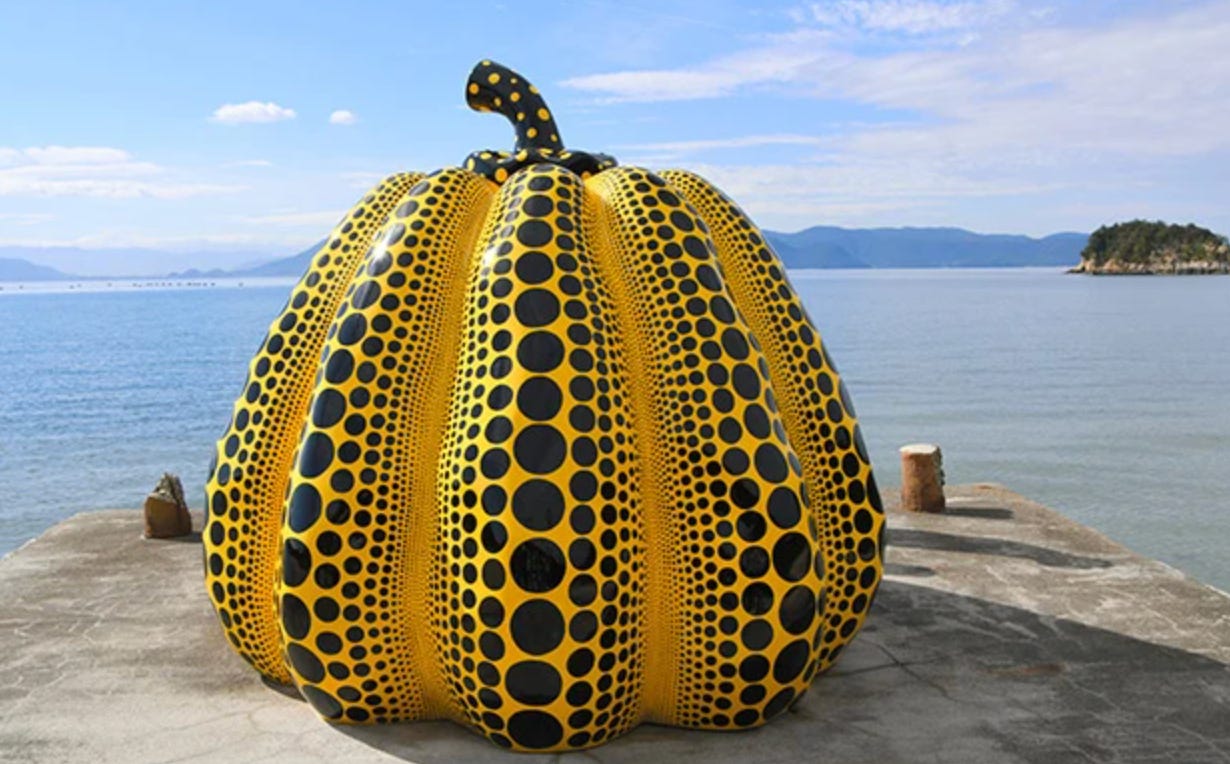
In New York, Yayoi Kusama expanded her creative repertoire with "soft sculptures," alongside her paintings. She covered everyday objects like furniture and boards with phallic-shaped cushions, creating works that reused items from daily life—a precursor to Pop Art. However, the unsettling sexual imagery in these sculptures reflects her unique psychological obsessions. These bold works not only stand out for their provocative nature but also for how they embody Kusama’s personal struggles and fears, transforming them into powerful artistic expressions.
While Kusama's art can be understood as a personal escape from her own psychological struggles, her true brilliance lies in her ability to turn that inner battle into a universal message of salvation—for herself and the world. Her happenings in New York reveal that, even when she may have appeared isolated, she was deeply connected to the issues of her time. Through her art, she conveyed powerful messages of love and peace.
One striking example is her "anti-war naked happening" on the Brooklyn Bridge, where she staged a provocative protest, including flag burning, to express her opposition to the Vietnam War. Around the same time, she made a bold public appeal to President Richard Nixon, reading a letter in front of the New York Board of Elections. In it, she offered a surreal proposal—sex in exchange for peace: "Truth is written in spheres with which I will lovingly, soothingly, adorn your hard masculine body. Gently! Gently! Dear Richard. Calm your manly fighting spirit!"
Kusama later reflected on her art, writing, “I began making penises to heal my feelings of disgust toward sex. My fear was the kind that makes you tremble in the closet. I was taught that sex was dirty, shameful, something to be hidden. This was compounded by all the talk about ‘good families,’ ‘arranged marriage,’ and the strict rejection of romantic love. To make matters worse, I happened to witness a sexual act as a toddler, and the fear that entered through my eyes grew inside me like a balloon.”
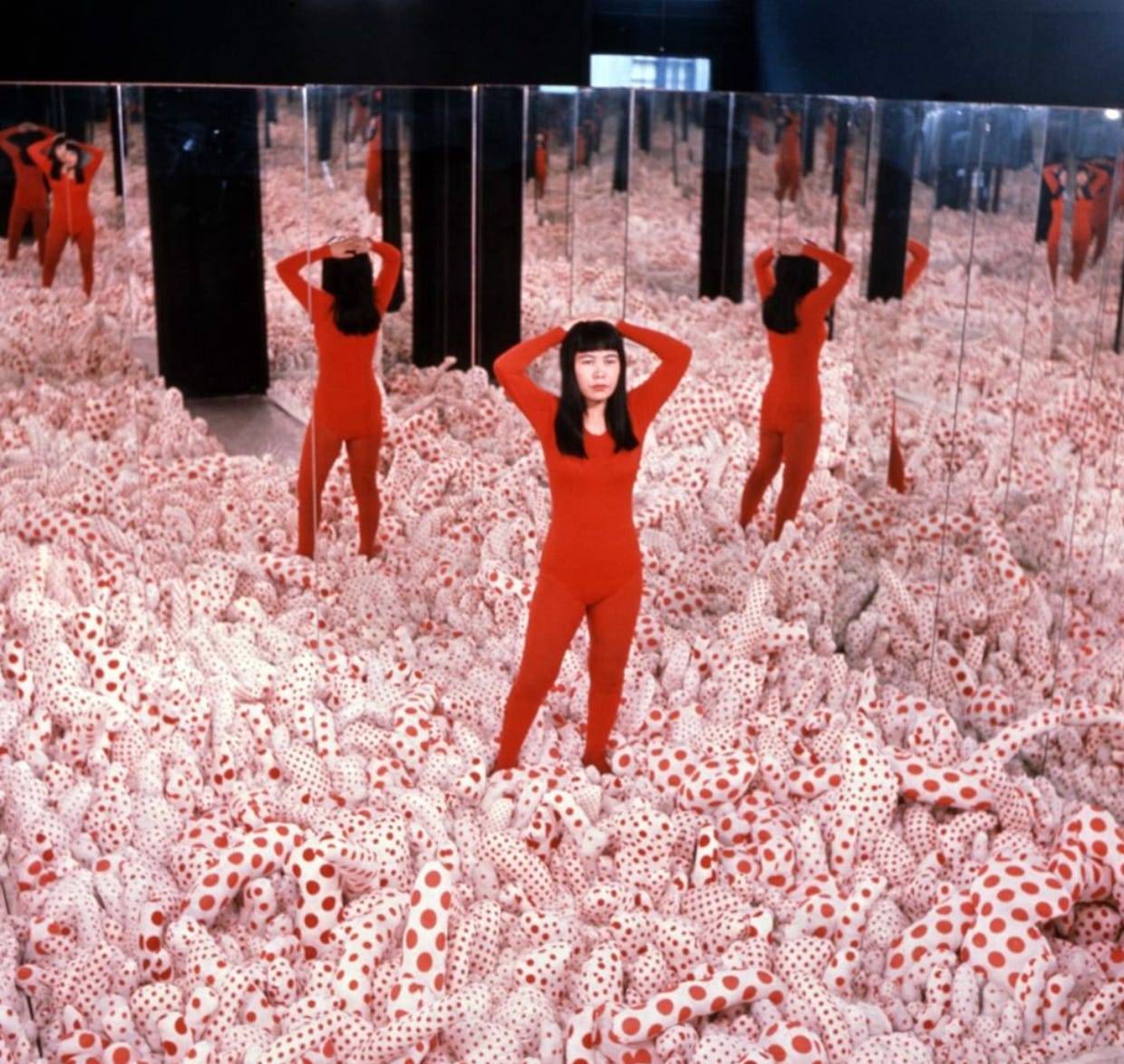
This blend of art, activism, and humor showcased Kusama’s fearless spirit and her desire to use creativity as a force for change. Kusama’s recent works often oscillate between playful, childlike innocence and a mystical, otherworldly quality—a duality that is especially evident in her sculptures. Kusama has even remarked that the devil is both her enemy and her comrade, hinting at the enigmatic depths of her creativity. This complex and captivating world of hers will undoubtedly continue to fascinate audiences for years to come.
Lastly if you haven’t had the chance to experience her work in person, there’s a traveling exhibition titled Every Day I Pray for Love currently in Singapore from September 7 to October 19. You can find more details here.
References:
BBC Culture, Yayoi Kusama’s Extraordinary Survival Story, 2018.
https://www.bbc.com/culture/article/20180925-yayoi-kusamas-extraordinary-survival-storyYayoi Kusama Official Biography, Yayoi Kusama Official Site.
http://yayoi-kusama.jp/e/biography/index.htmlTime Out Singapore, Every Day I Pray for Love by Yayoi Kusama.
https://www.timeout.com/singapore/art/every-day-i-pray-for-love-by-yayoi-kusamaHuffPost, Yayoi Kusama Retrospective: A Life in Dots, 2017.
https://www.huffpost.com/entry/yayoi-kusama-retrospective_n_589c8b55e4b0c1284f2af521Yayoi Kusama Instagram Official Account.
https://www.instagram.com/yayoikusama_/?hl=enYayoi Kusama Museum, Tokyo, About the Museum.
https://yayoikusamamuseum.jp/en/about/museum/Tate Kids, Who is Yayoi Kusama?
https://www.tate.org.uk/kids/explore/who-is/who-yayoi-kusamaNext Avenue, At 95, Yayoi Kusama is the World's Best-Selling Woman Artist, 2023.
https://www.nextavenue.org/95-year-old-yayoi-kusama-best-selling-woman-artist/Nippon.com, A Deeper Look Into Yayoi Kusama, 2017.
https://www.nippon.com/ja/features/c03703/?pnum=2Kusama 2017, Yayoi Kusama’s Soul, Exhibition Page.
https://kusama2017.jp/tamashii/Indypendent 2012: https://indypendent.org/2012/09/polka-dot-protest/
The Guardian. (n.d.). Yayoi Kusama: The world's favourite artist? https://static1.squarespace.com/static/57ad0e28d482e96d0a7c8ef1/t/6019ed799c8c3025c80a90d5/1612311931823/Yayoi+Kusama-+the+world%27s+favourite+artist%3F+%7C+Yayoi+Kusama+%7C+The+Guardian.pdf


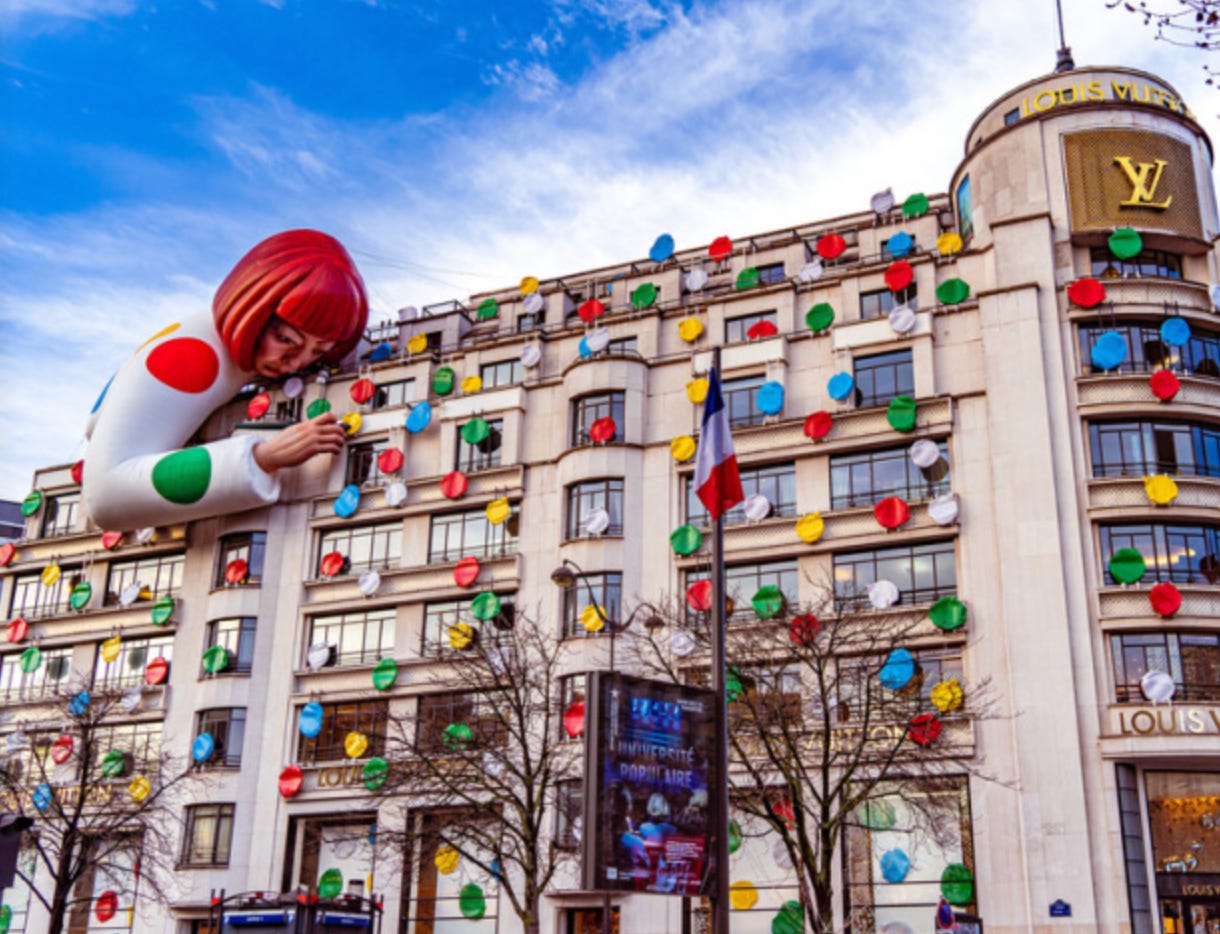
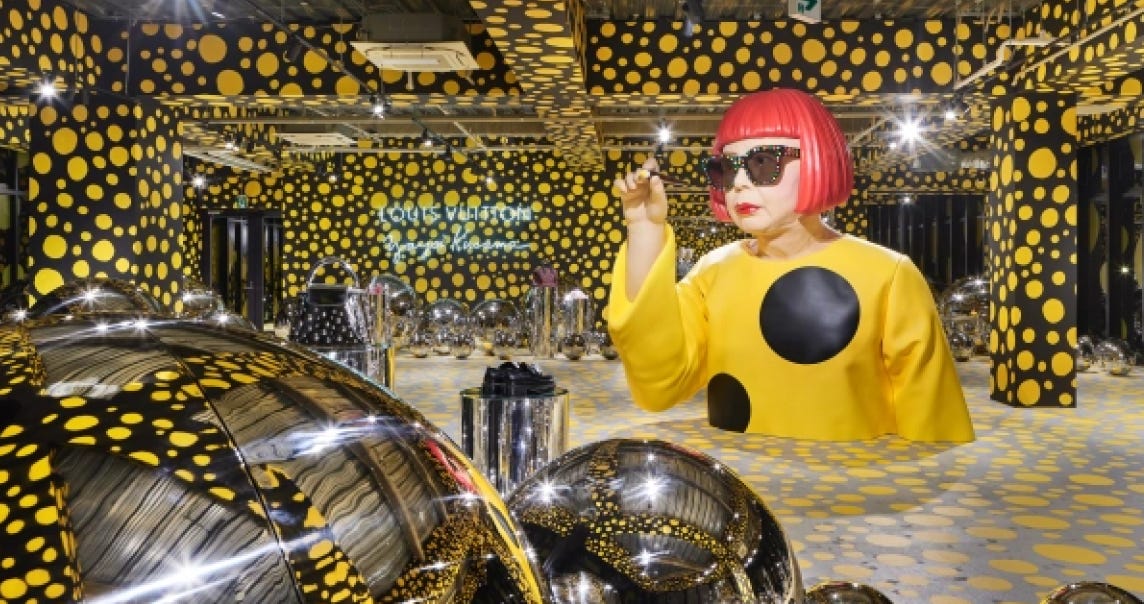
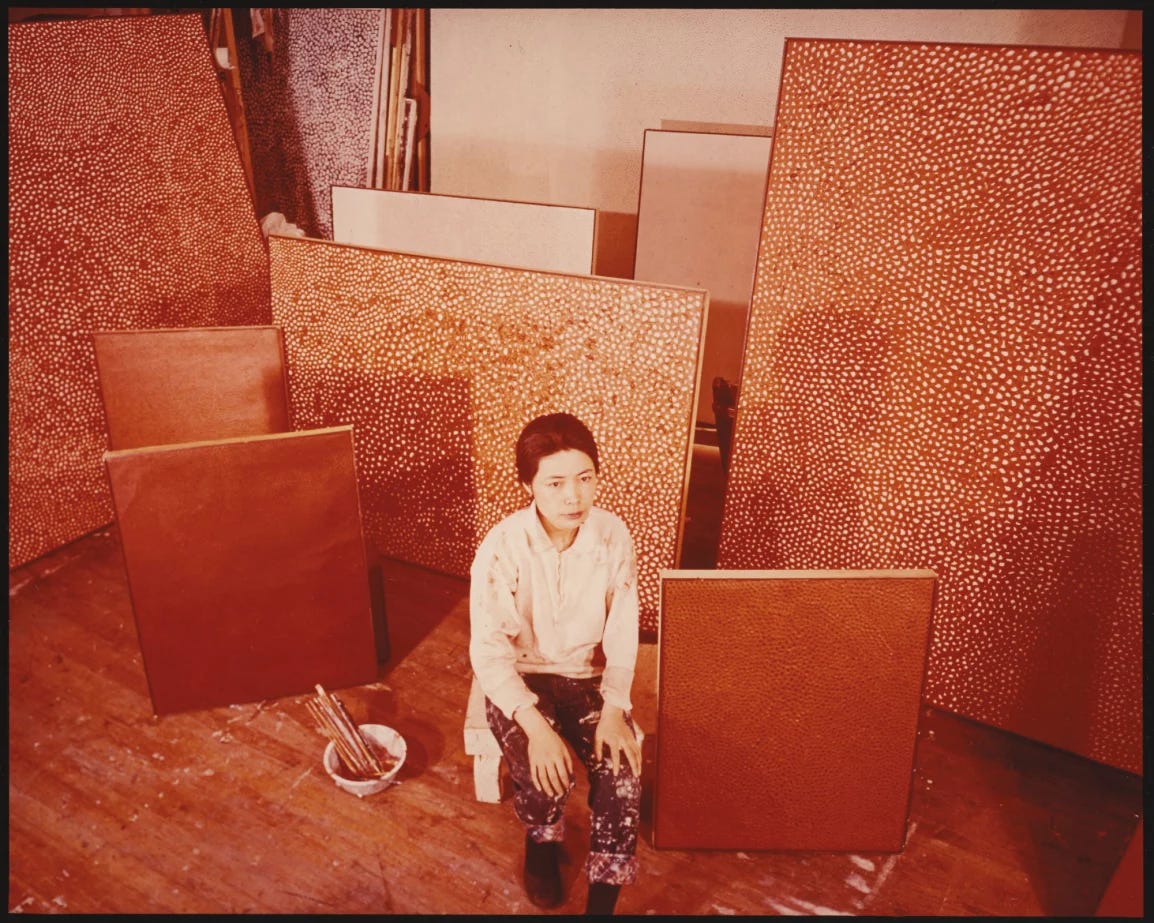
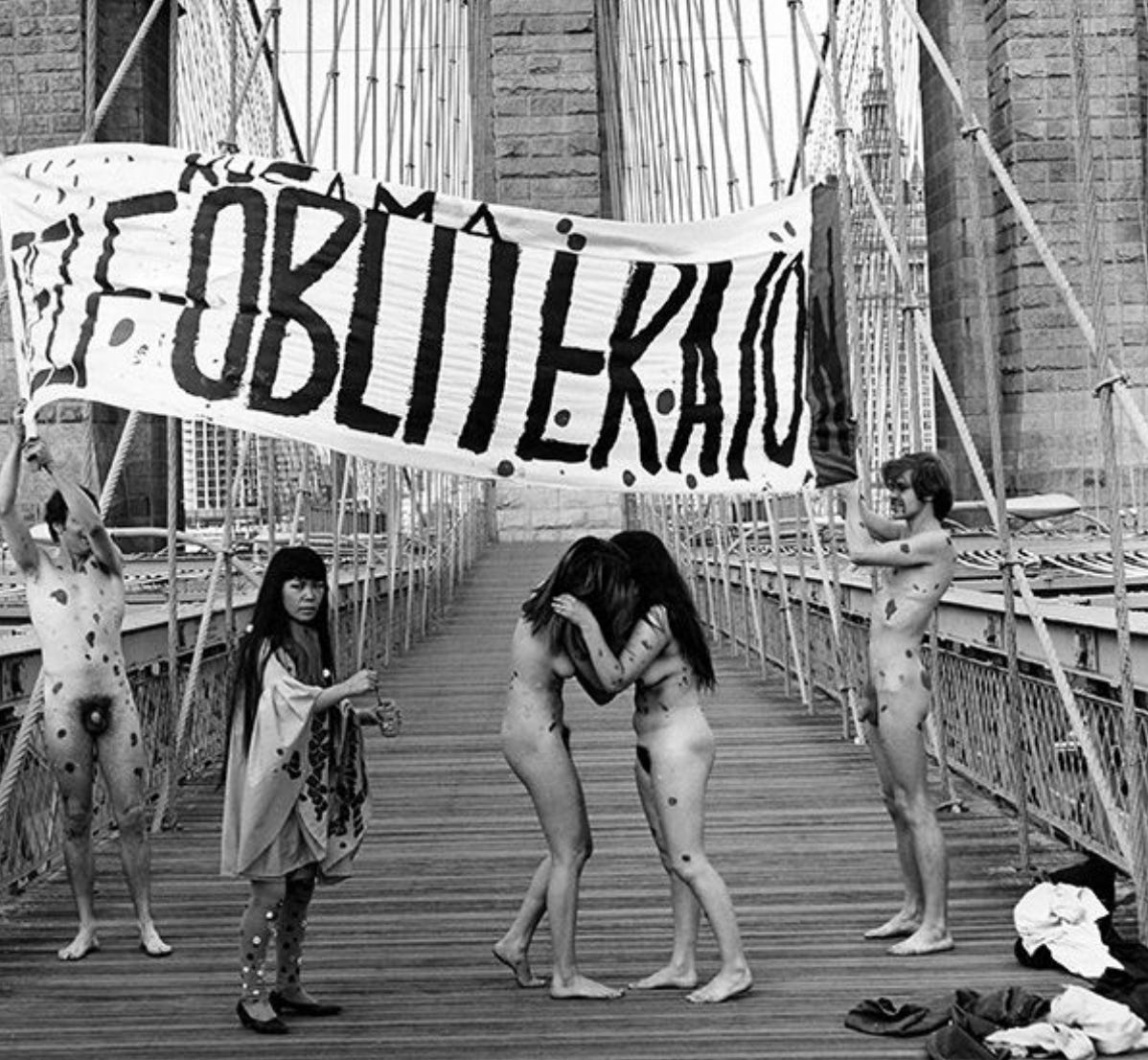
Supporting women's independence
https://www.itamanga.com/